RIKEN Center for Quantum Computing
Yasunobu Nakamura, Ph.D., Director
(Team Leader of the Superconducting Quantum Electronics Research Team)
Shinichi Yorozu, Ph.D. Deputy Director
Superconducting Quantum Electronics Research Team
Shuhei Tamate, Ph.D., Research Scientist
Koichi Kusuyama, Ph.D., Senior Technical Staff
Superconducting Quantum Electronics Joint Research Unit
Eisuke Abe, D.Sc., Unit Leader
Superconducting Quantum Computing System Research Unit
Yutaka Tabuchi, Ph.D., Unit Leader
3D Integration System Group of the Device Technology Research Institute at the National Institute of Advanced Industrial Science and Technology (AIST)
Katsuya Kikuchi, Ph.D., Group Leader
Superconductive ICT Device Laboratory at the Kobe Frontier Research Center of the Advanced ICT Research Institute of the National Institute of Information and Communications Technology (NICT)
Hirotaka Terai, Ph.D., Director
Yuji Hishida, Ph.D., Fixed Term Research Engineer
Center for Quantum Information and Quantum Biology at Osaka University
Masahiro Kitagawa, Ph.D., Director and Professor
(Professor, Graduate School of Engineering Science)
Keisuke Fujii, Ph.D., Deputy Director and Professor
(Professor, Graduate School of Engineering Science/Team Leader, Quantum Computing Theory Research Team, RIKEN Center for Quantum Computing)
Makoto Negoro, Ph.D., Deputy Director and Associate Professor
Takefumi Miyoshi, Ph.D., Specially Appointed Associate Professor
(Director, e-trees.Japan, Inc.)
Shunsuke Saruwatari, Ph.D., Associate Professor
(Associate Professor, Graduate School of Information Science and Technology)
Naoyuki Masumoto, Ph.D., Specially Appointed Researcher
Quantum Laboratory at Fujitsu Research of Fujitsu Limited
Shintaro Sato, Ph.D., Head of Quantum Laboratory
NTT Computer & Data Science Laboratories
Yuuki Tokunaga, Ph.D., Distinguished Researcher
Yasunari Suzuki, Ph.D., Researcher
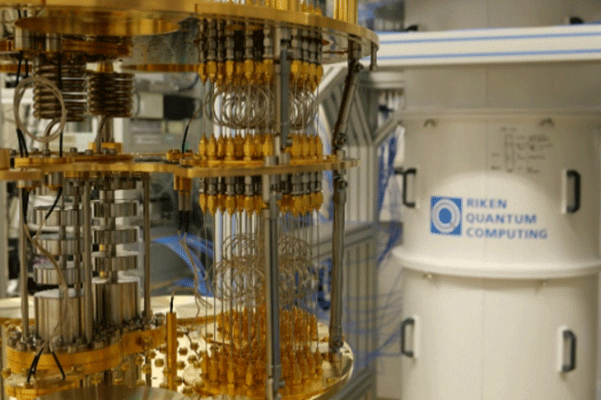
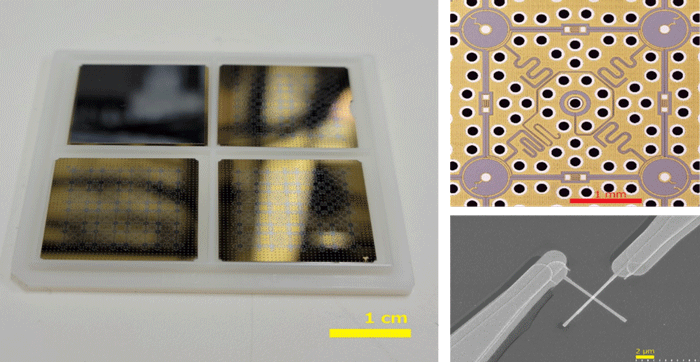
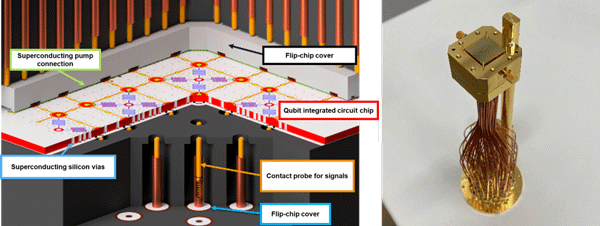
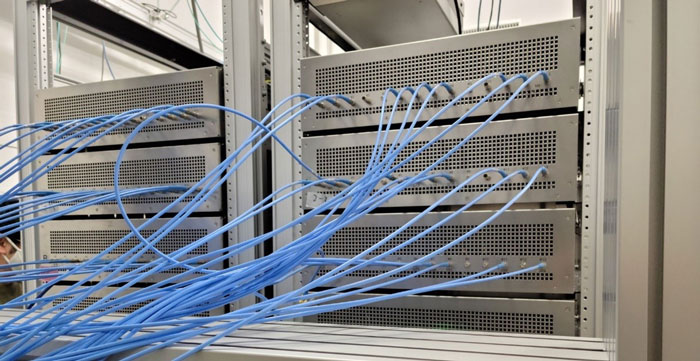
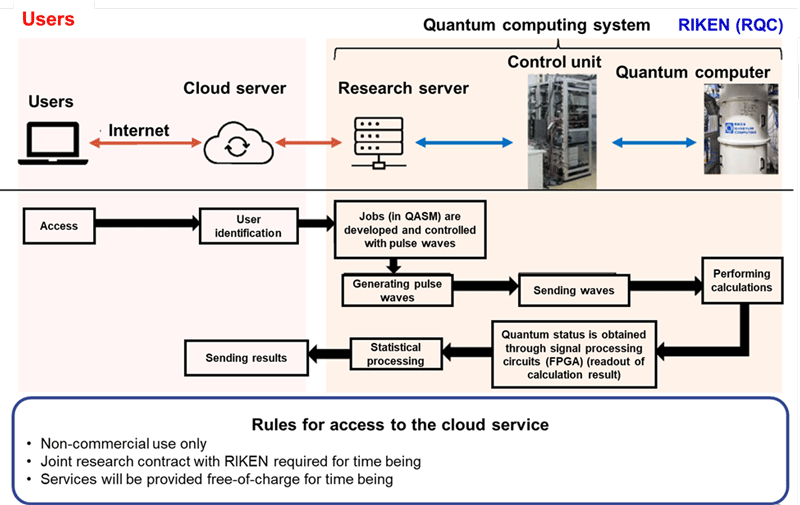
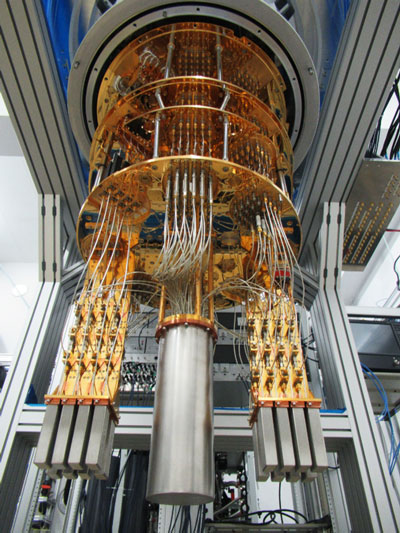
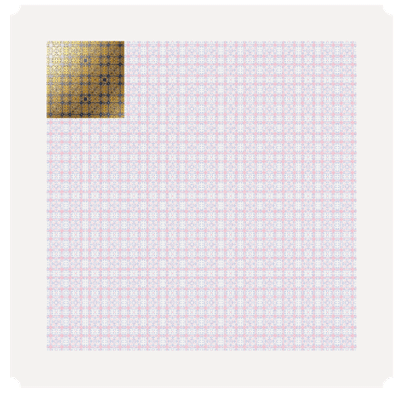
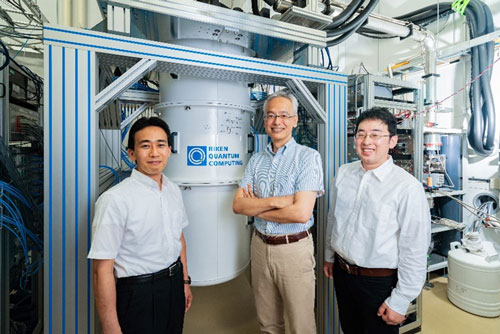
 riken.jp
riken.jp